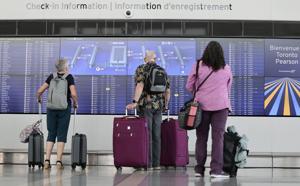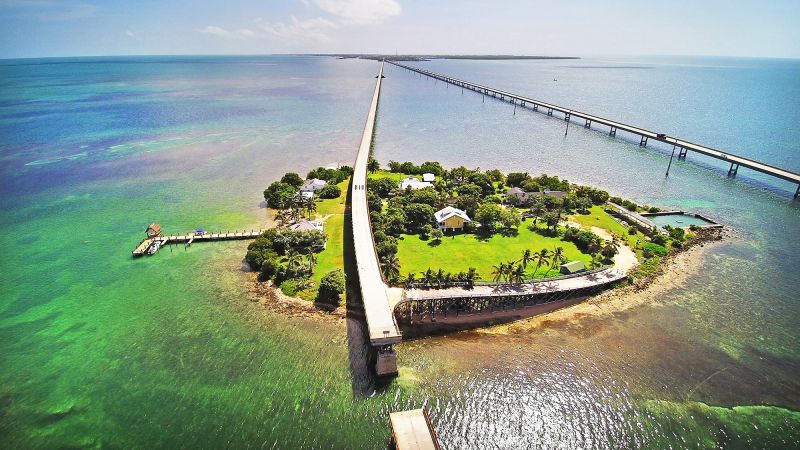Canada’s future economic growth path is shrouded in uncertainty as the country considers its place in a rapidly changing world. It’s clear that the U.S.
, our traditional top trading partner, can no longer be counted on. To thrive, we must invest in our top economic engines and ensure that Canadians — and Canadian supply chains — are fully connected to the world. One of those engines is the country’s busiest airport.

Toronto Pearson is expanding at a time when Canada needs every connection to the world, and new economic impact data shows the vital importance of the airport and its surrounding industrial lands, known as the Pearson Economic Zone. Half a million Canadians work there, and it’s home to North America’s heaviest concentration of manufacturers. It’s a gateway for billions of dollars in annual international trade, generating $70.
6-billion of annual economic activity, equal to seven per cent of Ontario’s GDP. But there’s a catch. The research also highlights a chronic shortage of industrial and commercial land around the airport, and relentless pressure to convert it to residential.
Toronto and Ontario need housing, but not here — it would imperil the zone’s growth and affect the airport’s future. The Pearson Economic Zone needs protection, not redevelopment. The research, carried out separately by Deloitte Canada, Oxford Economics and the Trillium Network for Advanced Manufacturing for Pearson and brought together in the report Gateway to Growth , shows the scale of the impact.
More than 52,000 people work at Pearson itself for many employers, pumping nearly $20-billion into the Greater Toronto economy, according to Oxford. That will rise — Pearson projects 65 million passengers a year by the early 2030s, up from roughly 45 million in 2023. So it’s upgrading its terminal spaces, revamping baggage and cargo infrastructure and building high-efficiency taxiways.
But the zone’s impact extends well beyond that, covering 200 square kilometres of some of the most valuable commercial land anywhere in Canada — factories, warehouses, offices, logistics facilities. It’s home to more than 18,000 businesses, one out of every 10 in Ontario. Manufacturers are particularly prominent, because the zone sits at the confluence of vital air, rail and highway links.
There are food and beverage companies like Molson-Coors, aerospace companies like Bombardier, life-sciences companies like Apotex and many others in sectors like construction, packaging and machinery. All told, the zone is home to 2,000 factories and 92,000 manufacturing jobs, the largest concentration in North America, according to the Trillium Network — nearly 12 per cent of Ontario’s and 5 per cent of Canada’s manufacturing output. Pearson’s build-out will trigger growth throughout the zone.
Many businesses near the airport are already expanding amid demand for e-commerce warehouse and logistics space. But Deloitte’s analysis shows that land demand remains intense. Commercial and industrial real estate in the zone has outperformed nearby markets in Toronto and other North American industrial markets since the pandemic.
Vacancy rates are lower, industrial land prices are higher and rents are rising more rapidly. Competing for this valuable land are developers, which see it as a destination for homes and condos. For example, there is pressure to build 27,000 units beside Woodbine Racetrack, adjacent to industrial and manufacturing facilities and within final approach for many jets.
“The Pearson Economic Zone is vital to our prosperity,” said Brendan Sweeney, managing director of the Trillium Network. This won’t come from housing, but from industry and economic activity, he argued in an interview. Part of the challenge is that planes, trucks and factories mix poorly with housing, said Paul Blais, managing director of economic advisory at Deloitte, which did an extensive analysis of land use in the zone.
More housing brings pressure for flight and noise restrictions, and taller buildings interfere with landing patterns. Once converted, these lands rarely revert. “Cherish them, because they are difficult to get back,” Blais said.
One cautionary tale cited in the industry is the expansion launched by Chicago O’Hare International in 2001. O’Hare needed to reconfigure runways and modernize terminals. The project required 20 years to realize, largely because of the social and political complexity of acquiring 433 adjacent acres via purchase and expropriation.
The economic threat facing Canada is a powerful reminder of why we need to strengthen and protect our transportation infrastructure — including airports and the intertwined wealth-generating potential of the industrial lands around them. This country has enjoyed a 35-year run of free trade with the United States, but there are no guarantees ahead. Canada needs to cherish the economic assets that reliably generate jobs, economic growth and prosperity.
.
Business

Ontario may be desperate for housing, but the Pearson Economic Zone is no place for it. Here's why

Home to more than 18,000 businesses — one out of every 10 in Ontario — the land around Pearson airport needs protection, not development into housing, writes Barrie McKenna.














